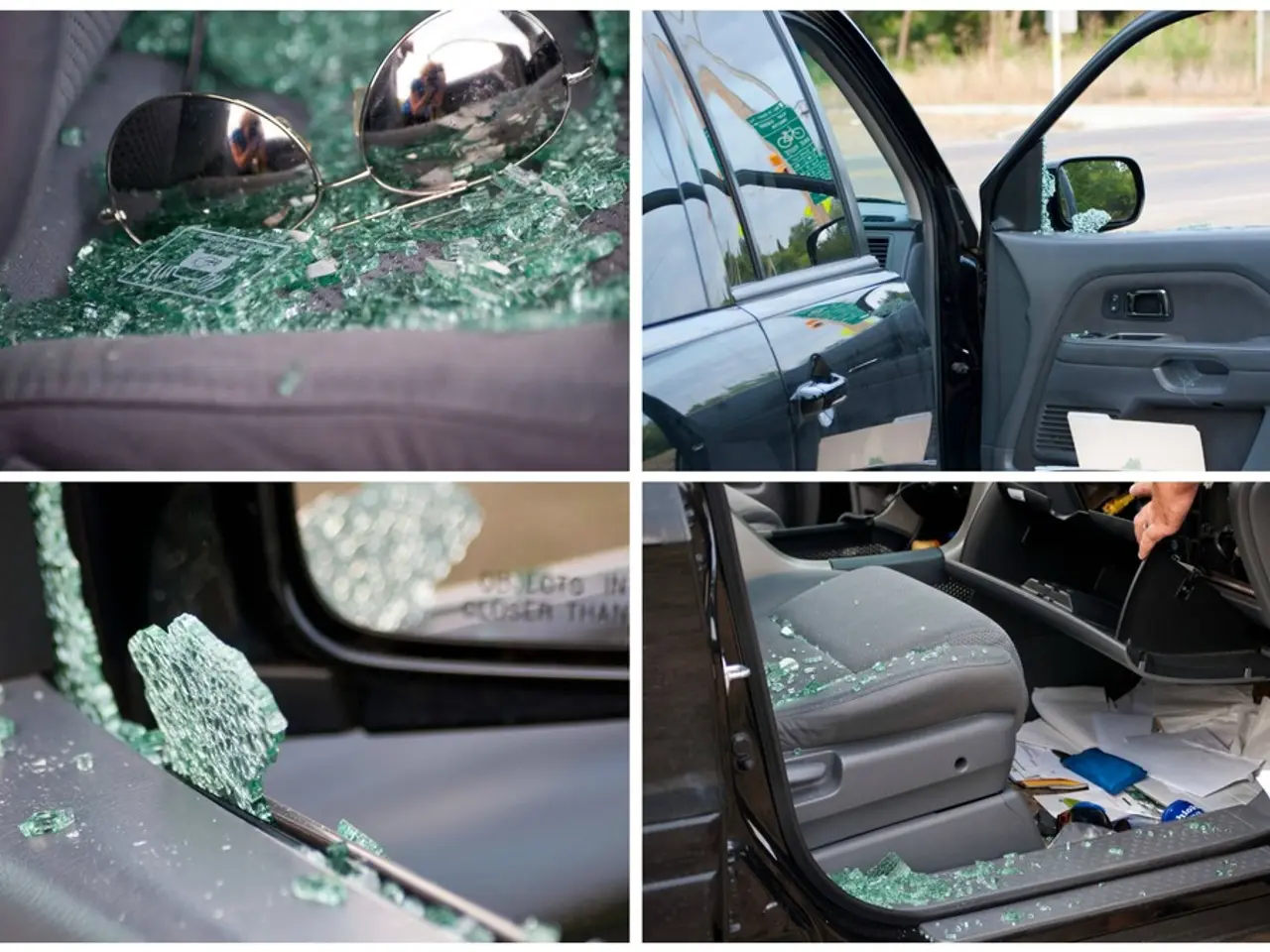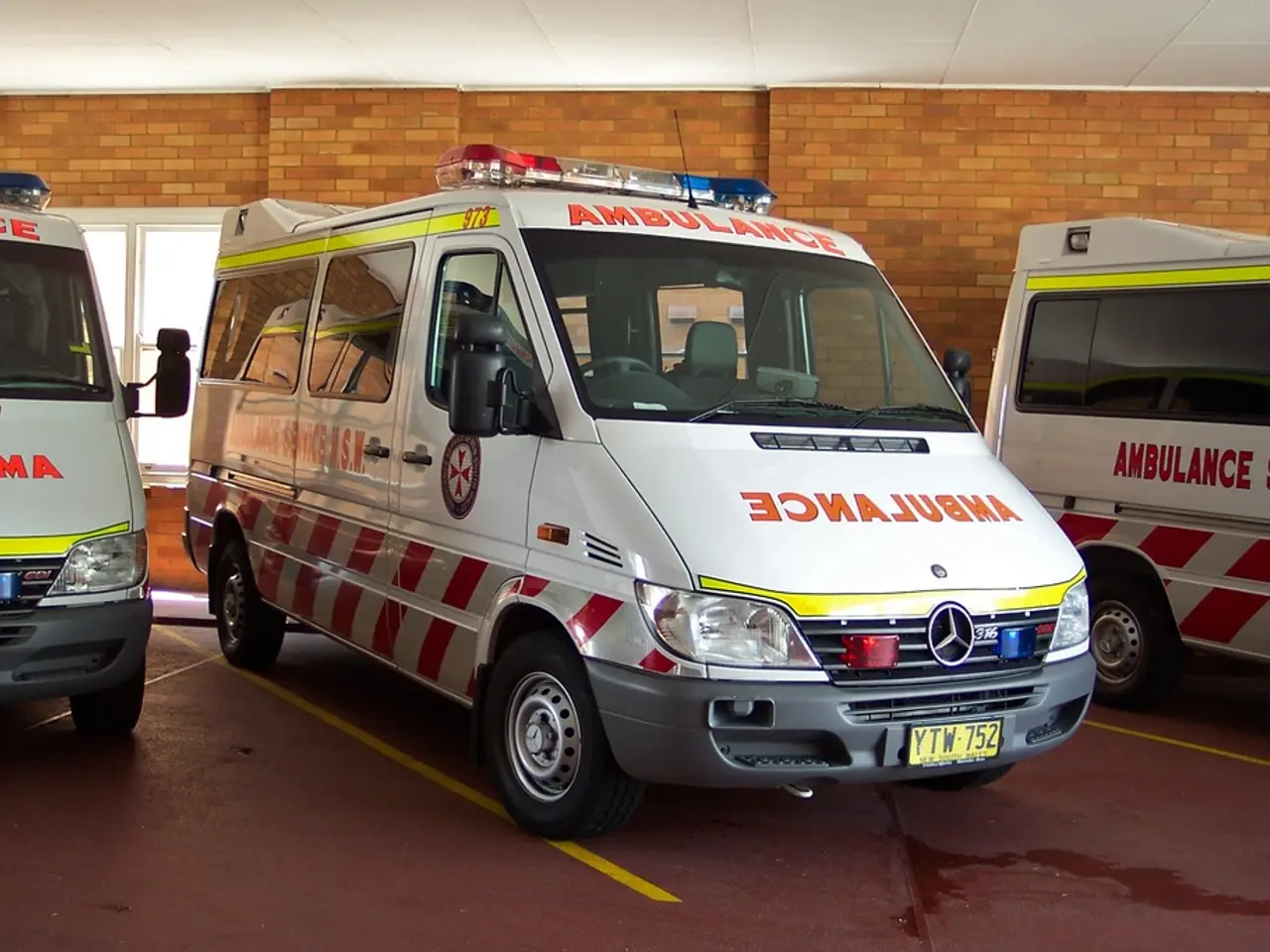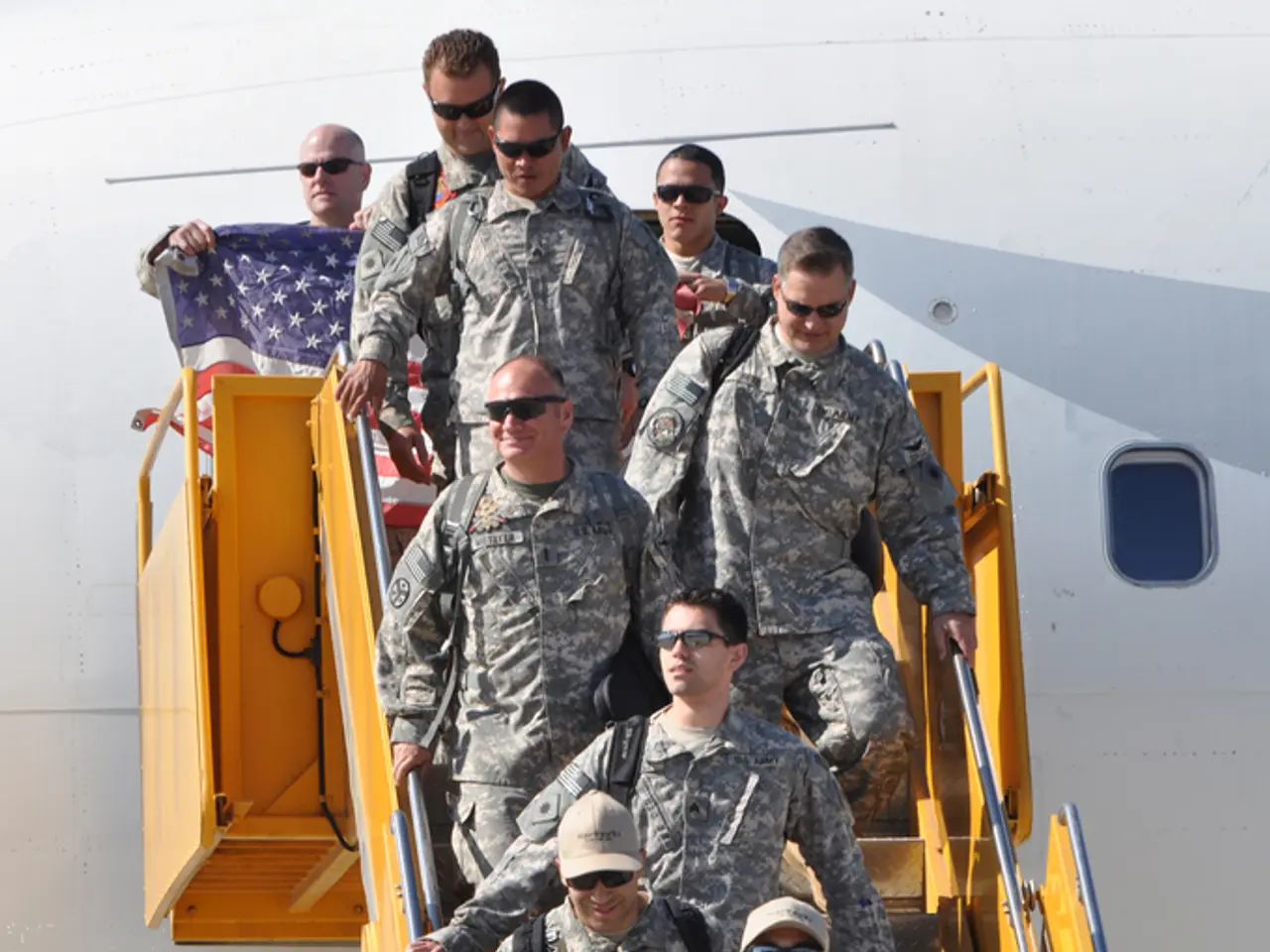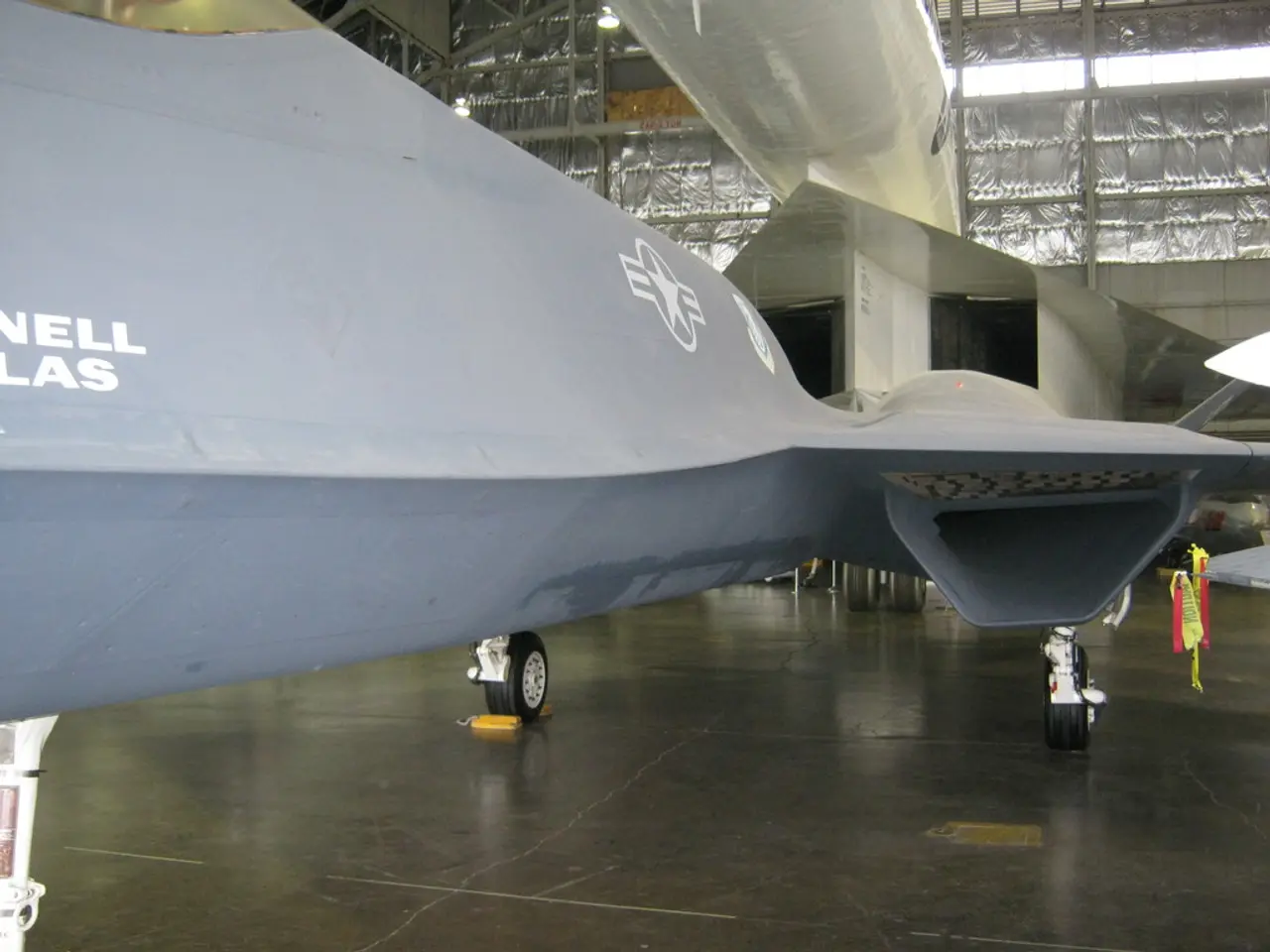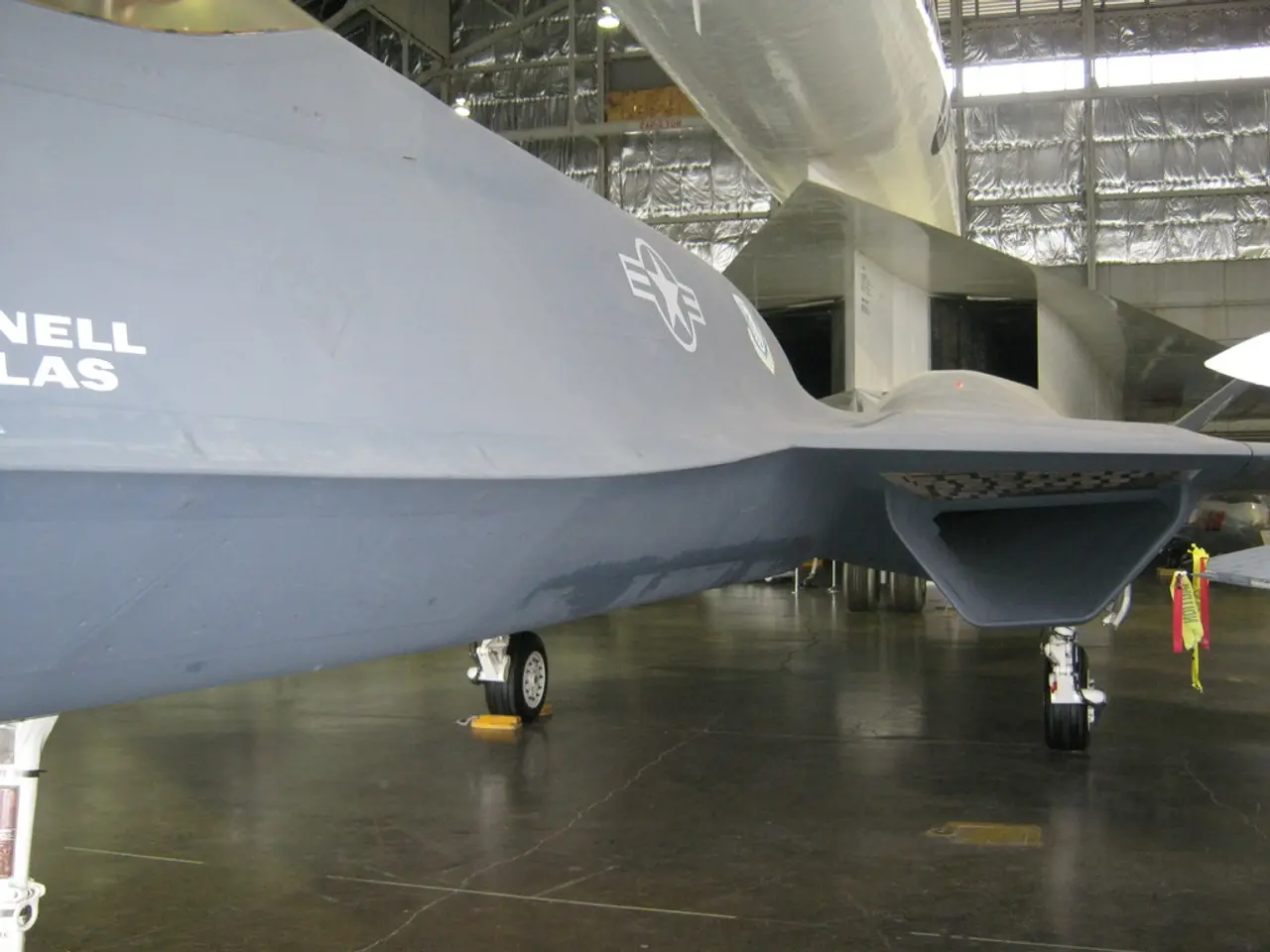Airlines Consider Implementing Cockpit Cameras
The tragic Air India crash on July 17, 2025, which claimed the lives of 260 people aboard the Boeing Co. 787 and on the ground, has raised questions about aviation safety, wildlife management, and airport emergency preparedness. The preliminary report into the disaster revealed that the aircraft's fuel-supply switches had been turned off, effectively dooming the jet shortly after takeoff. However, the critical question of how the switches were moved to the cut-off position remains unresolved.
A brief transcript released so far indicates that one pilot asked the other why the fuel supply was turned off, with the second pilot responding that he had not done so. Authorities have not specified which pilot made which statement, leaving the question of how the switches were moved to the cut-off position unresolved.
The absence of cockpit cameras on commercial aircraft, including the Boeing 787 involved in the Air India Flight 171 crash, significantly complicated the safety investigation. Investigators relied primarily on cockpit voice recordings and other flight data, which revealed pilot confusion but did not identify who moved the fuel-supply switches. Without visual evidence, critical questions remain unanswered, such as who moved the switches and how.
This gap has reignited industry and regulatory debate in India and globally about mandating cockpit image recorders to improve future investigation accuracy and outcomes. The International Air Transport Association's Director General, Willie Walsh, believes that the installation of cockpit cameras could significantly aid aviation safety authorities in investigating accidents. Walsh noted that the initial report into the Air India disaster was more detailed than anticipated.
The concept of cockpit cameras has been hotly debated for decades but has re-emerged as a focal point following the Air India crash. Cockpit cameras could provide key evidence that complements voice recordings, making investigations more conclusive and potentially enhancing aviation safety. The Air India crash case illustrates how cockpit video could provide unambiguous visual evidence, but such devices remain largely absent from commercial cockpits.
It remains unclear whether this exchange was the entirety of the cockpit conversation. The incident has highlighted the need for improved cockpit monitoring, with some arguing that it could help prevent accidents caused by human error or mechanical failure. The tragedy is likely to accelerate regulatory discussions on requiring cockpit image recorders globally, aiming to reduce ambiguity in future accident investigations and improve overall aviation safety.
[1] Air India crash investigation highlights need for cockpit cameras
[2] Air India crash: The case for cockpit cameras
- The Air India crash investigation has underscored the importance of implementing cockpit cameras, as these could provide crucial evidence to complement voice recordings and aid in more conclusive investigations, potentially enhancing aviation safety.
- In light of the Air India crash, there is a renewed call for the installation of cockpit cameras, as their presence could help prevent accidents caused by human error or mechanical failure, and support clearer and more ambiguity-free investigation outcomes in the future, ultimately improving safety within the airline industry and transportation sector.
